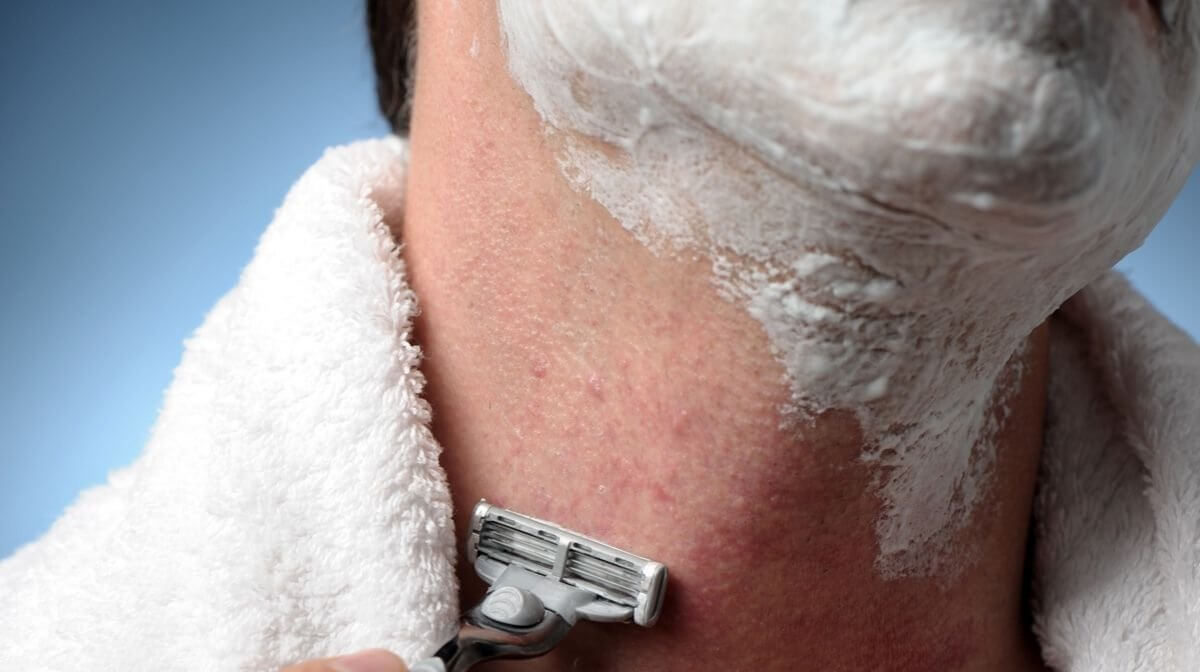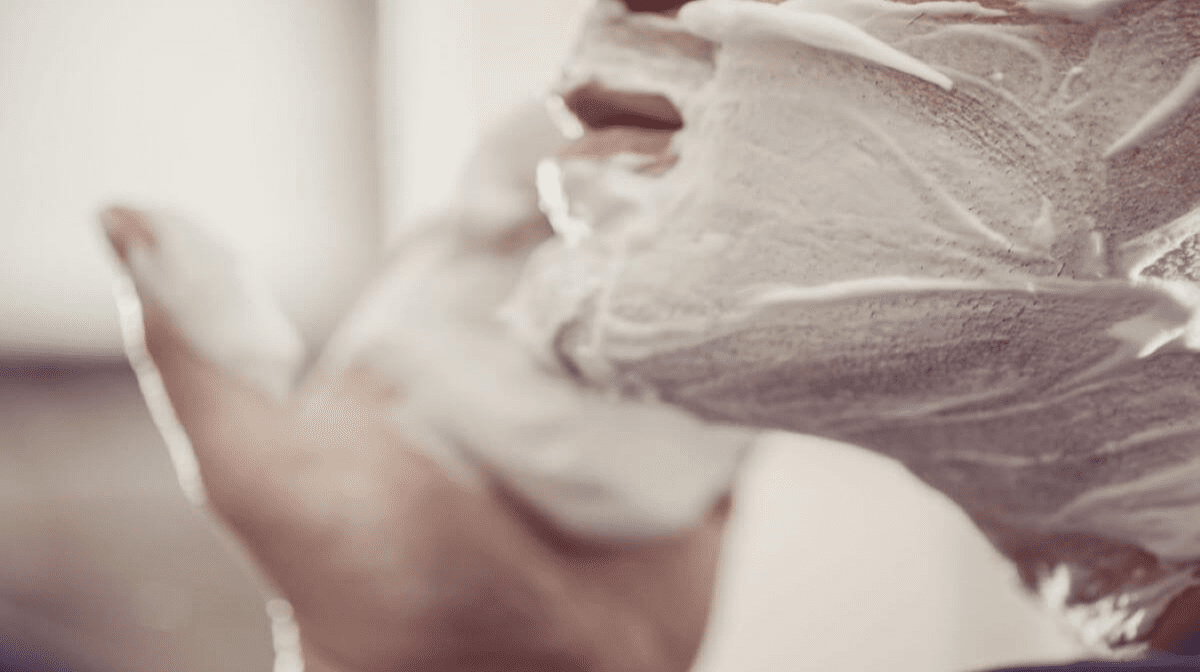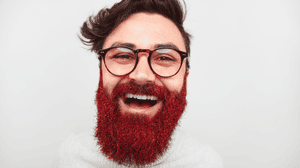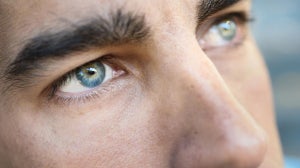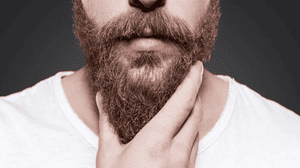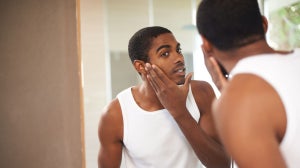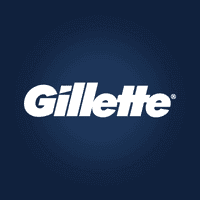
Shaving with spots isn’t just something teenagers have to deal with. You can get blackheads and pimples at any time in your life due to changes in our hormones, diet, or even the weather.
It’s understandable if the thought of passing a sharp razor blade over your spots makes you cringe - but shaving doesn’t have to be a painful experience that leaves you sore and bleeding. With a careful technique and the right tools, shaving with spots can still be comfortable.
What’s the Difference Between Acne and Spots?
If you have acne, you’ll have spots - but spots don’t always mean that you have acne. Sometimes, you’ll get a few pimples if you haven’t been washing your face thoroughly, or if your skin is greasier than normal - even decades after your teens. Find out more about shaving with acne.
Spots tend to occur when your pores are blocked by dirt, bacteria or excess oil, while acne stems from your hair follicles becoming blocked.
Spots and pimples tend to be smaller, milder and less painful than acne, but they’re also more likely to have heads.
If you squeeze your spots or accidentally knock the heads off with your razor, the bacteria that’s been inside your pores could end up spread all over your face, infecting more pores, resulting in more spots. This is why a steady hand is so important for shaving spots.
Spot the Difference Between Pimples and Razor Bumps
Pimples can look like razor bumps and vice versa, so you need to know what you’re dealing with.
Razor bumps can look very similar to acne, because they form when facial hair gets trapped under your skin, which can easily happen as these hairs are so short. Trapped hairs can form bumps on the surface of your skin that look like spots.
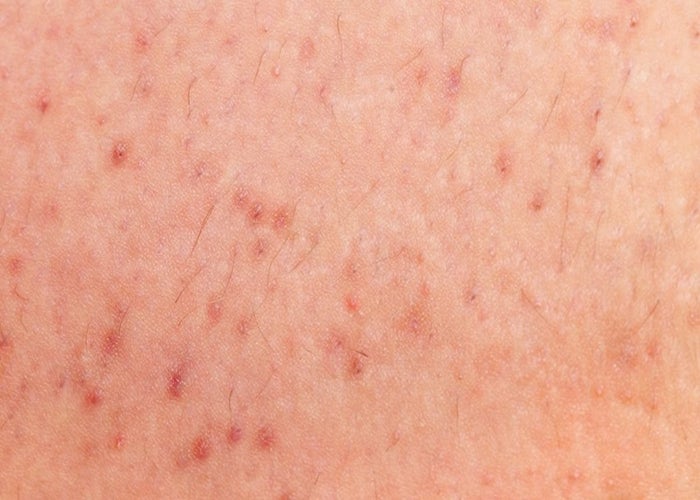
How to Get Rid of Razor Bumps
Avoid razor bumps by properly hydrating and cleansing your facial hair before you start shaving, using a product like our Gillette SkinGuard Sensitive Men’s Shaving Gel or SkinGuard Sensitive Men’s Shaving Foam, which are designed to shield your skin from further irritation.
Use your razor to make gentle strokes to reduce your risk of shaving bumps, and always moisturise with a product like our Gillette Aftershave Moisturiser once you’re finished.
5 Top Tips for Shaving with Spots
Master your technique for shaving with spots by following these steps:
1. Exfoliate Before Shaving
Before you start shaving spots, use a gentle scrub to exfoliate your face. This will help to remove excess dirt, bacteria, sweat and oil, so these substances don’t build up on your razor blade.
If you skip exfoliating, you could end up dragging dirt, oil and bacteria further around your face with every razor stroke, clogging more pores in the process.
2. Tread Carefully
Don’t pass your razor directly over spots - try to shave around them, using careful, slow, gentle strokes to avoid knocking the head off spots.
Our SkinGuard Sensitive Razor can absorb some of the pressure from your hand as you shave to stop you from placing too much pressure on your face, which is just what you need when you’re shaving with spots.
3. Shave with the Grain
Shave in the same direction that your hair grows in - this is known as shaving with the grain - making gentle, downward strokes with your razor, taking care to avoid slicing through your spots.
Gillette SkinGuard Sensitive Blades are designed to shield your skin from irritation and have even been certified by the British Skin Foundation, so they’re a great option if you want to be extra careful with the tools you’re using on spot-prone skin.
4. Moisturise to Finish
You should always moisturise after shaving to soothe your skin. Aftershave balms are typically gentler on skin than lotions, so our Gillette Aftershave Balm would be perfect to use as part of your post-shave routine.
5. Keep Your Facial Hair Clean
Even if you follow all of our advice, you could still end up with spots after shaving if you aren’t practising good beard hygiene. Prevent breakouts of spots underneath your beard or along your upper lip by using a beard oil to keep your facial hair clean and hydrated.
Whether you have a full beard or you prefer the clean-shaven look, make sure you’re doing everything you can to care for your skin and facial hair so that you always feel like the very best version of yourself.

